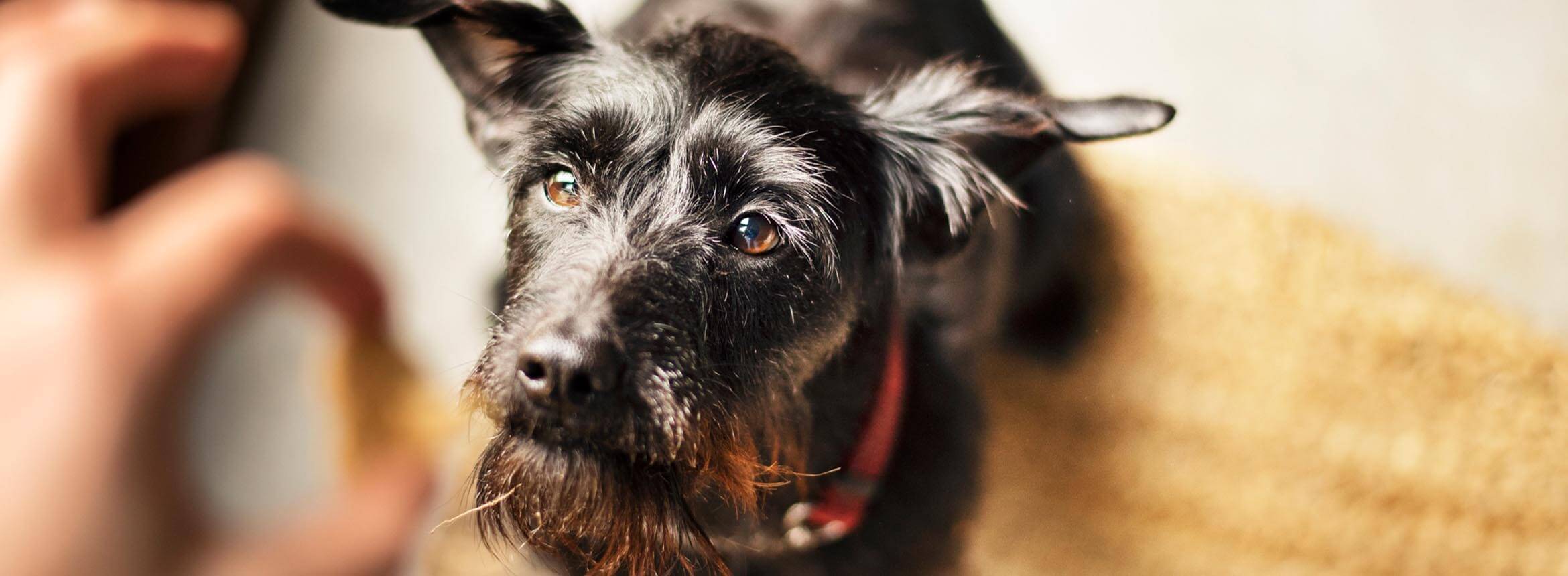Medium-sized dogs generally weigh around 30-70 pounds, a class that includes some of the most popular (and cutest) breeds in the doggie world. Teaching your medium-sized pooch to be a very good boy is one of the most important things you can do as a Pet Parent. Here are some key pointers for getting training sessions off on the right paw.
1. Start with the basics.
Though you may be tempted to jump right into cool tricks, it’s best to start with the basics: Sit, Stay, Come, and Heel. Learning good manners is essential for greeting guests and kids so nobody gets knocked into by an enthusiastic and jumpy pup.
2. Repetition is key.
Rome wasn’t built in a day, and your pup won’t get the hang of things overnight. Keep consistent with training sessions and work the basics regularly. Some medium-sized breeds like Bulldogs, Beagles, and Chow Chows may need more repetition than others in order to be successful, so don’t worry if your pal needs extra learning time.
3. Remain positive.
Your dog will respond better to positive feedback than punishment for bad behavior. A good rule of thumb: Reward behaviors you like and don’t reward behaviors you don’t like. Positive reinforcement is also better for building the bond between you and your pup, which ultimately makes training more enjoyable for both of you.
4. Keep training sessions short and sweet.
You know that feeling when your brain is on information overload? Dogs get that feeling, too — 15 minutes per training session should be plenty for most dogs.
5. Show him other dogs are good teachers.
Dogs can learn a lot from other friendly, well-socialized dogs — they teach each other how to “be dogs.” Make socialization and play time part of your mid-size pup’s education. He’ll learn the ins and outs of doggie behavior and how to play nicely with others.
6. Make him work for treats.
Use a reward that your pal adores when practicing a new skill. This could be a delicious training treat, shredded chicken, or even your dog’s kibble. If the reward is good enough, he’ll be more likely to pay attention and work for it. Just be sure to keep an eye on portions and use low-calorie treats. If you use his kibble, adjust his mealtime portions accordingly.
7. End on a high note.
Ideally, training will be a positive experience for both you and your medium-sized dog, so end your training sessions before either of you gets frustrated or tired. Finish with a command that your pup knows how to do so you both get the sweet feeling of victory before calling it a day.

